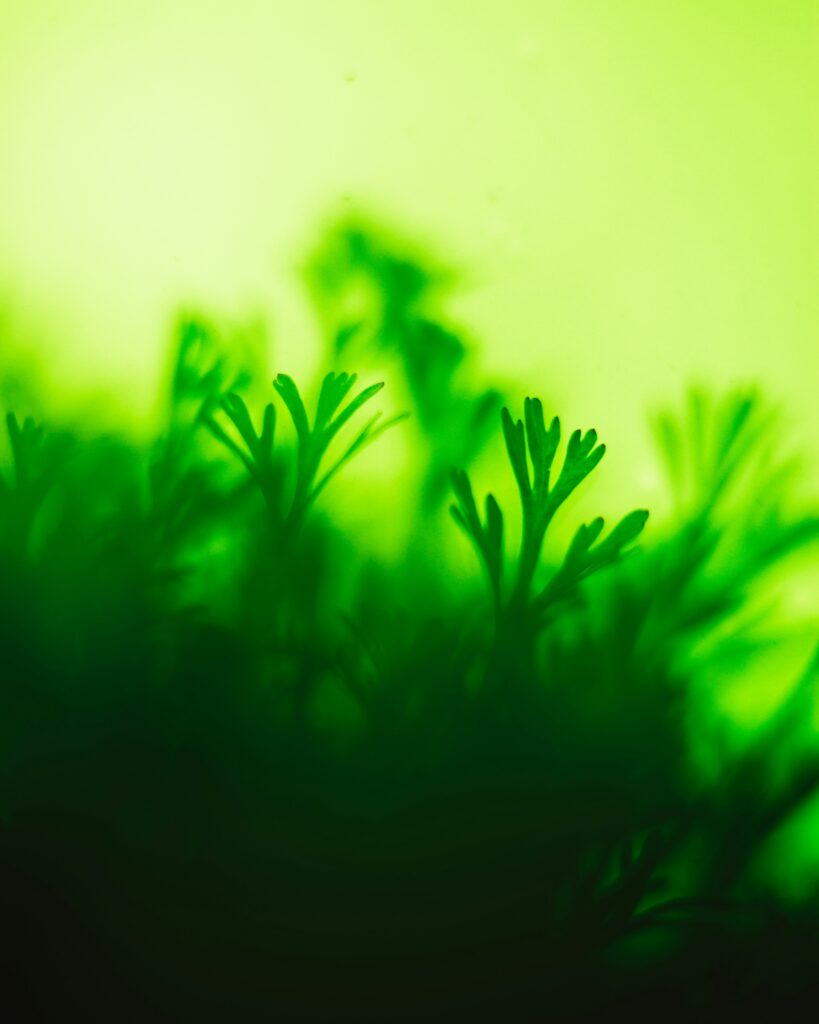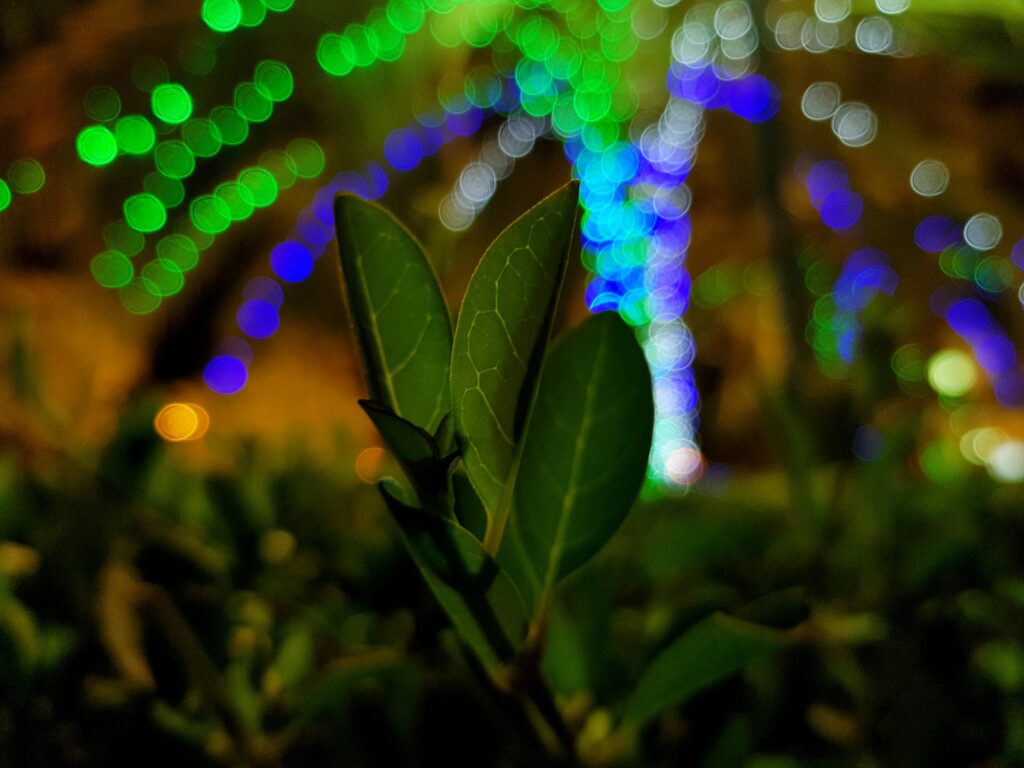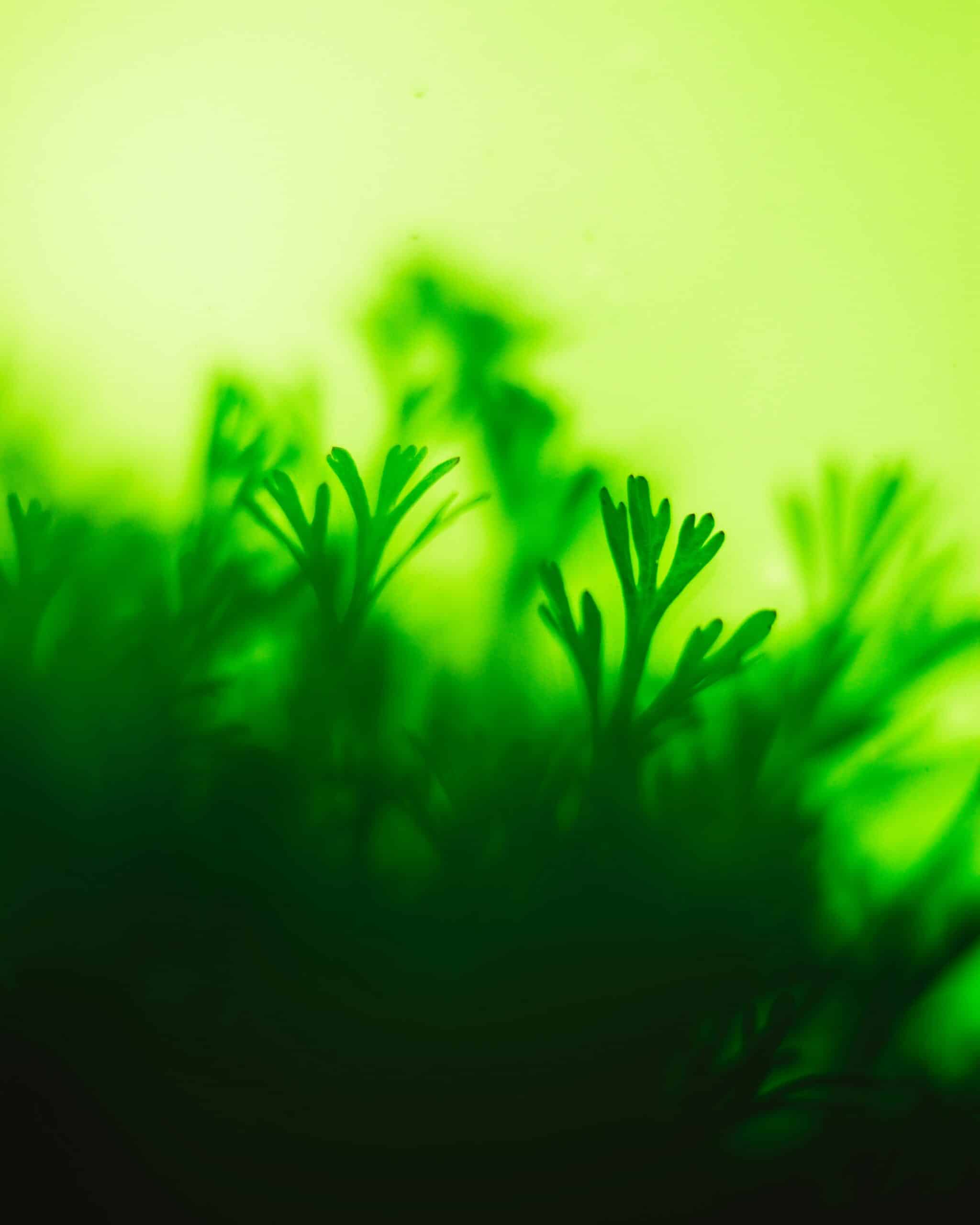Anúncios
As green enthusiasts, we are always looking for the best methods to promote our indoor plant growth. One significant factor that comes into play here is the type of light our plants receive. In this discussion, we’ll be delving into the often-debated subject of LED vs. Fluorescent lighting for indoor plants.

Understanding the light spectrum, and how it influences plant growth, is essential for any indoor gardener. The kind of light your plants receive can drastically affect their health and growth. Different light sources emit different types of light, each with its own set of pros and cons. But which one is the best for your indoor garden – LED or Fluorescent lights?
Anúncios
LED lights are celebrated for their energy efficiency and longevity, but are they the ideal choice for your indoor plants? On the other hand, fluorescent lights have been a go-to for indoor gardeners for years, offering bright, full-spectrum light. However, are they outclassed by the newer LED technology?
As we delve into this topic, we’ll compare and contrast these two types of light sources, considering factors such as light spectrum, energy consumption, heat emission, and lifespan. Our objective is to give you a comprehensive understanding of these lighting systems, aiding you in making an informed decision for your indoor greenery.
Anúncios
Join us as we shed light on the LED vs. Fluorescent debate, presenting facts, dispelling myths, and ultimately guiding you towards the best lighting choice for your indoor plants. Your indoor garden deserves the best, and we’re here to help you offer just that.
Understanding Indoor Plant Lighting
When considering indoor plant growth, light is a vital factor. The type of light can influence the growth rate, health, and productivity of plants. In the world of artificial lighting, two technologies predominantly prevail: Light Emitting Diodes (LED) and Fluorescent lighting.
LED Lights and Their Benefits
LED lights are becoming increasingly popular in horticulture. The most apparent benefit of LED lights is their energy efficiency. They require less energy to produce the same amount of light as fluorescent lamps, resulting in reduced electricity costs. Furthermore, LED lights have a significantly longer lifespan, sometimes even exceeding 50,000 hours. This longevity reduces the need for frequent replacements, contributing to their cost-effectiveness in the long run.
Another advantage of LED lights is their ability to produce specific light spectrums that cater to the needs of plants. These lights can be tailored to emit light in certain wavelengths, which is beneficial as different stages of plant growth require different light spectrums. For instance, the blue light spectrum is ideal for promoting leafy growth, while the red spectrum is optimal for flowering and fruiting.
Fluorescent Lights and Their Strengths
On the other hand, fluorescent lights have been the mainstay of indoor gardening for years. Their popularity stems from their affordability and accessibility. Generally, fluorescent lights are less expensive upfront than their LED counterparts, making them an attractive option for beginners or budget-conscious gardeners.
Fluorescent lights offer a broad spectrum of light, covering both the blue and red ends of the spectrum, making them suitable for all stages of plant growth. Furthermore, fluorescent bulbs emit a gentle light that is less likely to cause light burn, which can be a concern with more powerful lighting solutions.
LED vs. Fluorescent: A Comprehensive Comparison for Indoor Gardening
When it comes to choosing the right lighting for indoor gardening, both LED and fluorescent lights have their advantages. However, they also come with distinct differences that can affect your plants’ growth, energy consumption, and overall gardening experience. Here’s a detailed comparison of both types of lighting:
1. Energy Efficiency
- LED Lights: One of the biggest advantages of LED lights is their exceptional energy efficiency. LEDs use significantly less power to produce the same amount of light as fluorescent bulbs, helping you save on electricity bills. They also generate less heat, making them perfect for keeping your plants at the optimal temperature.
- Fluorescent Lights: While fluorescent lights are more energy-efficient than traditional incandescent bulbs, they still consume more energy than LEDs. Their efficiency can be affected by factors like age and type of ballast used.
2. Lifespan
- LED Lights: LEDs are known for their long lifespan, often lasting between 30,000 to 50,000 hours. This means fewer replacements and less hassle in the long run, making them a cost-effective option over time.
- Fluorescent Lights: Fluorescent bulbs have a shorter lifespan, typically around 10,000 to 20,000 hours. This means you’ll need to replace them more often than LEDs, which can be a hassle for long-term indoor gardening projects.
3. Light Spectrum
- LED Lights: LEDs offer flexibility when it comes to light spectrum control. Many LED grow lights allow you to adjust the spectrum (blue for vegetative growth and red for flowering) to meet the specific needs of your plants at different growth stages. This makes them highly customizable for various plant types.
- Fluorescent Lights: Fluorescent lights generally provide a broad spectrum of light, but it’s less customizable compared to LEDs. They emit light across both blue and red spectrums, which is fine for general plant growth, but might not be as effective when specific wavelengths are needed for particular stages like flowering.
4. Heat Emission
- LED Lights: One of the key benefits of LED lights is that they emit very little heat. This is advantageous for indoor gardening as it allows you to keep your plants close to the light source without worrying about heat stress or light burn.
- Fluorescent Lights: Fluorescent lights tend to emit more heat than LEDs, which can sometimes cause issues for delicate plants if the light is placed too close to them. However, the heat emitted by fluorescent lights is still much lower compared to incandescent bulbs.
5. Initial Cost
- LED Lights: While LED lights offer long-term cost savings, they typically come with a higher upfront cost than fluorescent lights. This initial investment might be a barrier for beginner gardeners or those on a budget, but the savings in energy and bulb replacement costs quickly offset this.
- Fluorescent Lights: Fluorescent lights are more affordable upfront, making them a great option for those looking for a low-cost solution for their indoor garden. However, the higher energy consumption and more frequent bulb replacements mean they may not be the most cost-effective in the long run.
6. Plant Growth
- LED Lights: LEDs are highly efficient in supporting plant growth, especially with adjustable spectrum options. For example, you can switch to a blue spectrum during the vegetative phase to promote leaf growth, and to a red spectrum during flowering and fruiting. This versatility is particularly beneficial for gardeners looking to maximize their plants’ growth potential.
- Fluorescent Lights: Fluorescent lights support all stages of plant growth, especially for leafy greens and herbs. However, they might not provide the same intensity of light or the optimal light spectrum needed for larger plants or those requiring more light for blooming or fruiting. Fluorescents are better suited for plants with low to moderate light needs.
7. Environmental Impact
- LED Lights: LEDs are an environmentally friendly option because they are more energy-efficient and have a longer lifespan, reducing waste. Additionally, LEDs do not contain harmful substances like mercury, which can be found in some fluorescent bulbs.
- Fluorescent Lights: Fluorescent lights contain small amounts of mercury, which can be harmful if not disposed of properly. This makes them less environmentally friendly than LEDs. However, they still consume less energy than incandescent bulbs and produce less waste than traditional lighting options.
8. Availability and Compatibility
- LED Lights: LED grow lights have become widely available and are compatible with many types of indoor gardening setups. There are many types of LED lights designed specifically for different types of plants, such as full-spectrum, hydroponic, and adjustable-spectrum LED lights.
- Fluorescent Lights: Fluorescent bulbs are easily available and compatible with most indoor garden setups. However, their light spectrum is less adjustable, and they are better suited for certain plant types rather than a wide variety.
9. Quality of Light
Fluorescent Lights: Fluorescent lights emit a more diffused, softer light. While adequate for many plant types, it doesn’t offer the same level of precision as LED lights. Some plants may not receive the ideal light spectrum they need for optimal growth.
LED Lights: The light emitted by LED lights is often more focused and precise, offering higher quality lighting for plants. They can be customized to provide specific wavelengths that promote photosynthesis and growth, making them ideal for various growth stages.
Which Light Is Right for You?
Both LED and fluorescent lights have their own set of advantages and can support plant growth effectively in indoor gardening setups. However, the decision ultimately depends on your specific needs:
- If you’re a beginner or on a budget: Fluorescent lights are a cost-effective choice that provides good general lighting for plants, especially those with lower light requirements.
- If you’re looking for a long-term, efficient solution: LED lights are a better option for serious gardeners, as they offer better energy efficiency, longer lifespan, customizable light spectra, and overall plant growth optimization.
When choosing between the two, consider factors like the types of plants you are growing, your budget, energy efficiency needs, and how much you want to customize your indoor lighting. Both LED and fluorescent lights can help your plants thrive, but understanding their differences will enable you to select the best option for your indoor garden’s needs.
Energy Efficiency
In terms of energy efficiency, LED lights have a clear advantage. They consume less power to produce the same amount of light, making them a more sustainable option. This efficiency not only leads to lower electricity bills but also reduces the environmental impact.
Spectrum of Light
As for the spectrum of light, both LED and fluorescent lights serve the needs of indoor plants. However, the flexibility to adjust the spectrum in LED lights gives them a slight edge, especially in more specialized gardening settings.
Lifespan
When it comes to lifespan, LED lights once again take the lead. They can last up to five times longer than fluorescent bulbs, which means less frequent replacements and reduced waste.
Heat Output
Heat output is another factor to consider. High heat can stress plants and potentially cause damage. Fluorescent lights typically produce less heat than LEDs, but modern LED systems come with efficient heat sinks that mitigate this issue.
Choosing the Right Light for Your Indoor Garden
Deciding between LED and fluorescent lights for your indoor garden depends on several factors. Here are some considerations:
- Budget: If you’re working with a tight budget, fluorescent lights might be more appealing due to their lower upfront cost.
- Plant Type: Depending on the types of plants you’re growing and their specific light requirements, you may benefit more from the specific light spectrum capabilities of LED lights.
- Energy Efficiency: If you prioritize energy efficiency and long-term savings, LED lights are the superior choice.
- Heat Sensitivity: For heat-sensitive plants, consider the heat output of the lights. Modern LEDs with good heat management or fluorescent lights may be better.
Final Thoughts
In conclusion, both LED and fluorescent lights have their own set of advantages for indoor plant growth. LEDs offer energy efficiency and longer lifespan, while fluorescent lights provide a broad light spectrum and lower heat output. The choice between the two depends on your specific needs, budget, and the types of plants you’re cultivating. As with any gardening endeavor, it may take some trial and error to find the lighting solution that works best for you and your plants.

Conclusion
In conclusion, the debate over LED versus fluorescent lights for indoor plant growth is a complex one. However, after careful analysis, it’s apparent that LED lights provide a more efficient, sustainable, and long-lasting option for your indoor greenery. They offer a full spectrum of light, closely mimicking natural sunlight, which is a critical element for the photosynthesis process in plants. This spectrum is an advantage over fluorescent lights, which generally provide less balanced light and may require the use of supplemental lighting.
Moreover, LED lights are more energy-efficient, reducing your carbon footprint and potentially saving on electricity costs. Their longevity also means less frequent replacement, contributing to waste reduction. Although they may have a higher upfront cost, the long-term savings and benefits make them a valuable investment for your indoor gardening needs.
However, it’s important to consider the specific needs of your plants, as some might require different light spectrums or intensity levels. Therefore, always tailor your lighting solution to your plants for optimal growth.
Ultimately, this debate demonstrates the importance of proper lighting in indoor plant growth and the promising potential of LED technology in this domain. Remember, whether you choose LED or fluorescent lights, a well-lit environment is key to a thriving indoor garden.

